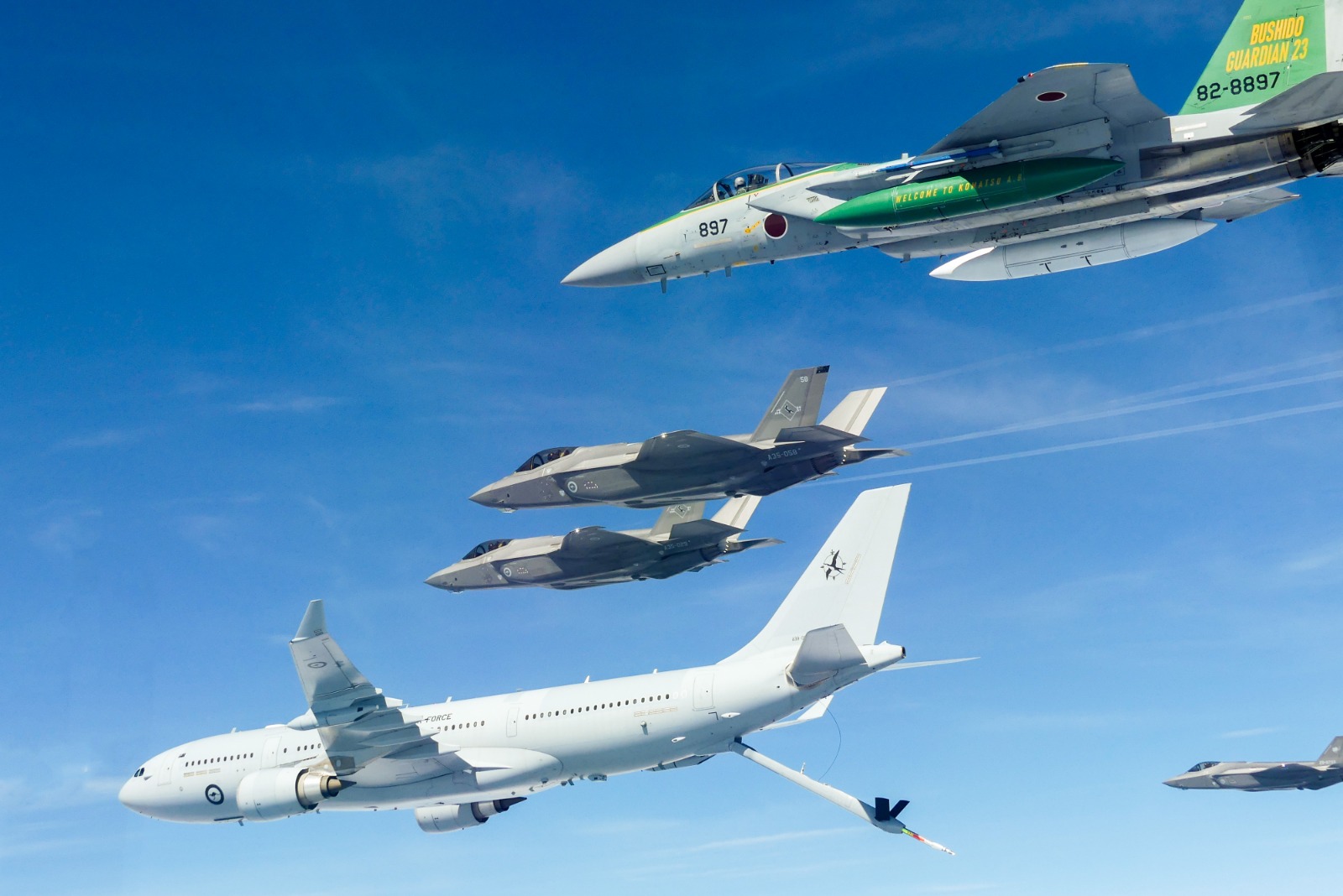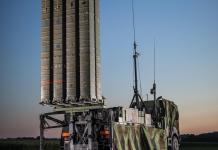Australia’s regional “hub” for F-35 Lightning II in the country’s southeast is set to level up, as the country’s government has contracted defense major British Aerospace and Engineering (BAE) to expand the facility in a new contract.
With tensions in the western Pacific permanently high owing to the US and Chinese strategic confrontation, the base in Australia will supply spares and components for F-35s employed for other US allies and F-35 users, Japan and South Korea.
This is a major development in the military preparations over a possible war with China, with the F-35 being the leading and most advanced weapons system that US and allied forces will field to puncture Beijing.
Base To Maintain F-35s Expanded
The latest $75.3 million contract followed an initial $68.4 million deal announced in November 2022. According to the Australian Department of Defence, the latest funding is meant for the construction of seven more maintenance bays from the existing four at the base in Hunter’s Valley, in New South Wales. This takes the number of facilities to 13.
Saying it has “doubled” its investment by the “signing the stage two” phase, the “seven more maintenance bays increase the overall capacity to 13 bays to help service the growing F-35 fleet in the Indo-Pacific.” This means Newcastle Airport, which hosts the facility, will be equipped to service Australia’s F-35A Lightning II fleet.

Of the 72 F-35s the Royal Australian Air Force (RAAF) is expected to receive, 63 have been accepted. All of the F-35s, split between the RAAF’s bases in Williamtown and Tindal, will be “maintained and sustained at the Hunter facility.”
Australia’s Minister for Defence Industry, Pat Conroy, hailed the Australian defense industry as being “already a vital contributor of maintenance and sustainment services for the global F-35 fleet, which is expected to reach more than 3,000 aircraft.”
Establishing the Hunter as an Indo-Pacific hub for F-35 repair and maintenance is a testament to the high level of skills and knowledge among our defense industry workforce.” The facility would function similarly to the European Regional Warehouse at the Woensdrecht Air Base in the Netherlands.
Will Repair Japanese & South Korean F-35s
Australia, South Korea, and Japan have already established a working military relationship, with naval vessels of the three countries regularly exercising in the western Pacific. But September 4 to 15 saw the Bushido Guardian exercises involving the F-35, where the jets from the RAAF and the Japan Air Self-Defense Force (JASDF) drilled together.
Specifically, they practiced the usage of the F-35 specific Multifunction Advanced Data Link (MADL) to share battlespace information. The highly encrypted data exchange can trade high volumes of battlespace information far beyond the fuel, firepower, and positional data the Link 16 system offers.
Wing Commander Tony Parker, commanding officer of the RAAF’s 75 Squadron, called it a “first for both nations and a really successful activity.” “We were able to operate on data links across both platforms to achieve mutual effects within their operating airspace.”
Other fighters like the JASDF’s Mitsubishi’s F-2 multirole fighters, F-16s, and F-15 also participated.
A report in Defense News touched upon the logistical and technical aspects of operating the F-35, which brings into focus the future role of the Hunter Valley facility. It quoted Parker talking about the “reliability of his jets throughout the deployment,” who noted “only one” instance of a jet failing to undertake a mission owing to maintenance issues.
“The deployment was very successful from a maintenance perspective and very reliable as a platform. We will be walking away having operated this highly technical platform on the road in Asia with limited support for five weeks, and that has given us a great sense of confidence in our ability to do that.”
Strategic Facility
The Australian facility, for one, cuts down the prospective costs and timeline if RAAF jets are sent to the US for servicing. But it is also a strategic defense industrial move, given that it will service not only Australian, Japanese, or South Korean jets but also US jets – especially those based in the Pacific region.
In a previous statement with reference to BAE Systems Australia’s stealth coating facility at the RAAF base in Williamtown, Conroy said how it will “not just” serve Australia’s F-35s but also “support F-35s in the region, whether it’s visiting US Marines aircraft or F-35s from Singapore or broader in the Indo-Pacific.”
- The author can be reached at satamp@gmail.com
- Follow EurAsian Times on Google News




